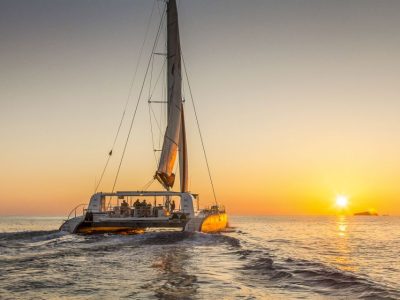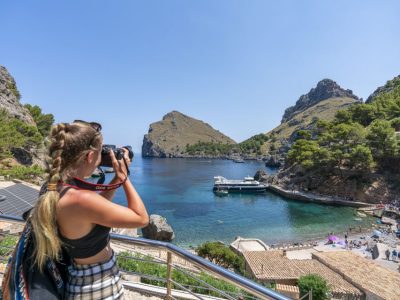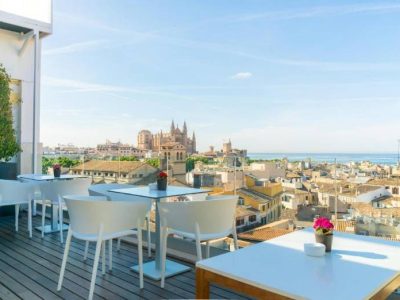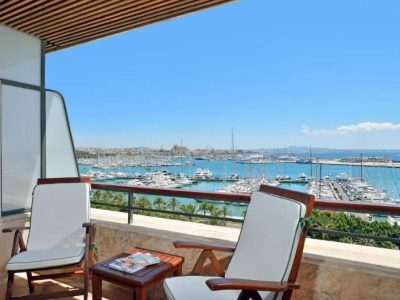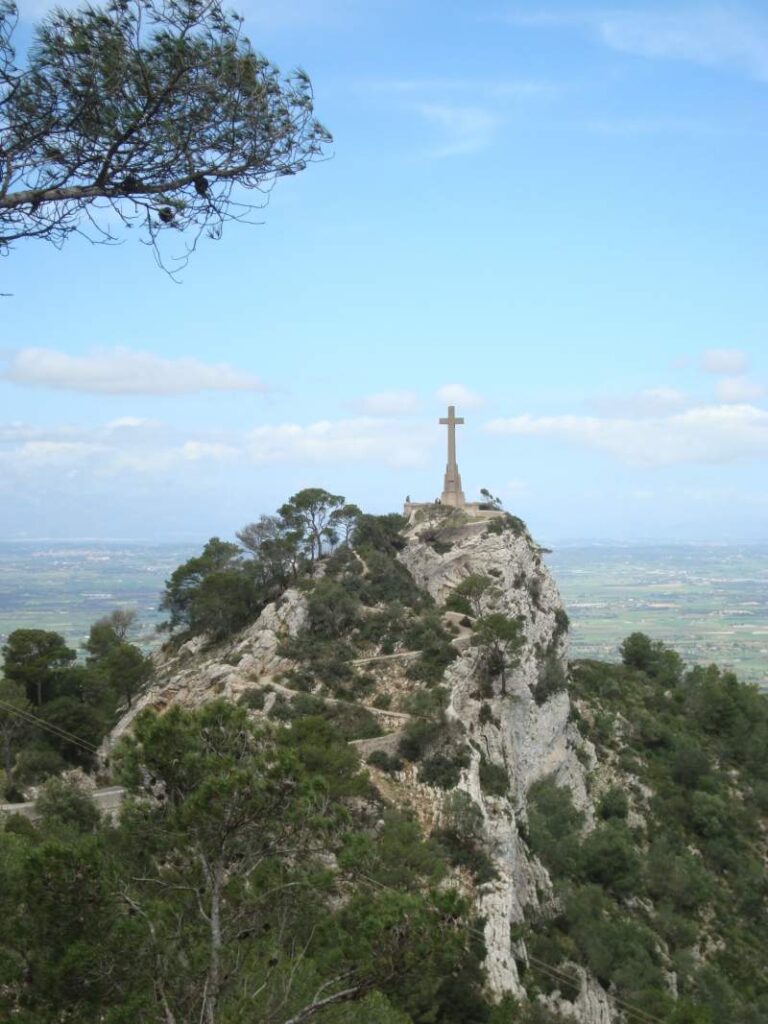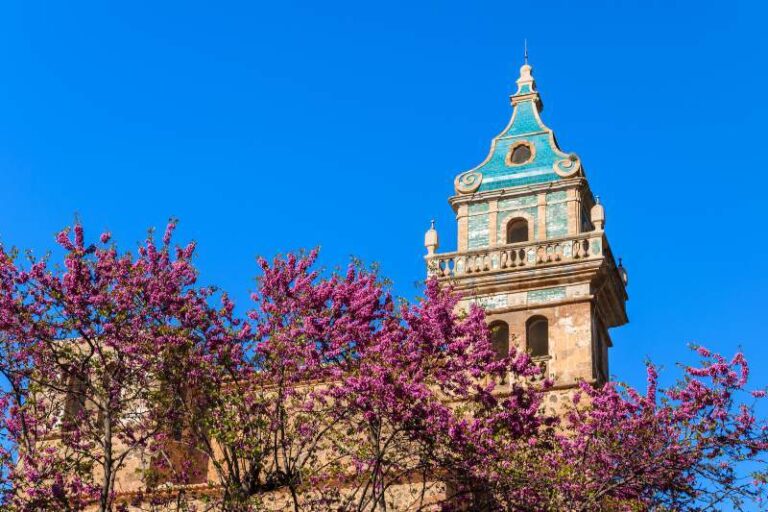All your holiday planning needs in one place, letting you book direct and benefit from official online rates
- Places To Go
- Things To Do
What’s Your Interest?
Traveling with kids
- Blog
Monestir La Real
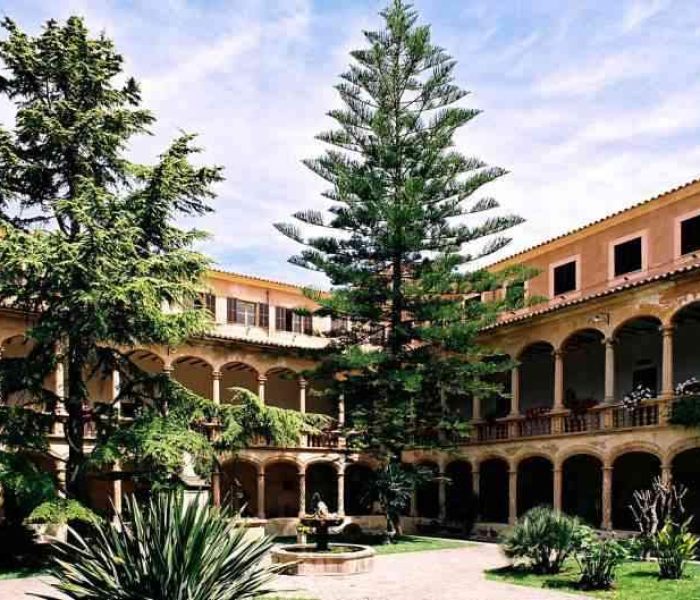
FEATURED EXPERIENCE
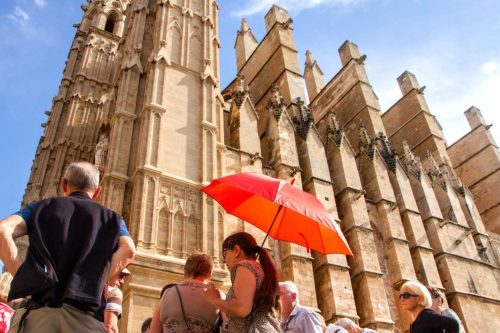
Guided tour of Palma's stunning old town for groups
From: €195
- Lowest Online Rates
History of Monestir La Real
La Real was one of the many monasteries that were founded following the Aragonese-Catalan conquest of the island, in 1229. King Jaume I, whom was the protagonist of the conquest, had promised the abbot of Poblet (Catalonia) to grant the Cistercians order some property once the island had been conquered.
At the time during the conquest of Mallorca, the Aragonese-Catalan soldiers were camped in this place, from where they launched attacks on the city, at that time Madina Mayurqua.
Jaume put his uncle, Count Nunó Sanç, in charge of the matter which he fulfilled in 1239, when the La Real monastery along with other assets were transferred to the religious order. The Cistercians received a bull in which their properties, assets and privileges were documented. The order was granted the area of Esporles which is documented from 1236 as Santa Maria de la Font de Deú, as well as other properties on the island.
One of the other noteworthy properties granted the Cistercians was the property of Miramar in Valldemossa. In 1276, the king allowed an exchange per request of famous philosopher Ramon Llull, who asked to create a language school to teach friars oriental languages so that they could help converting heathens. However, the school was short-lived and Miramar returned to the Cistercian order in the beginning of the 14th century.
Ramon Llull was a frequent guest at La Real for about 9 years, he was offered the possibility to retire at the library and cultivate his spiritual life. Llull went to the holy mountain of Randa where he received his divine revelation which gave him inspiration for writing the first book ever written in Catalan language about the mistakes that unbelievers made. He wrote the book in the La Real monastery.
Llull and the Cistercians did not as such have any influence on each other, however, Llull mentioned the order in his will leaving a chest of books for the friars.
The monastery of La Real would be child of the Conca de Barberà monastery, under which it would belong and be under management of. This constellation was active up until 1560 when it was decided that La Real should function and be managed independently. It would seem as if the La Real monastery was taken in use in 1240 according to documentation found on the property.
La Real was built in one of the most privileged locations in an area furrowed by canals of natural springs, like Font d’en Baster and Font de la Vila, which became the most important reasons for its construction. The abbots of La Real enjoyed many privileges and played an important role in the ecclesiastical and political administration of the island all the way up till the beginning of the 18th century when King Felipe permanently changed the societal structure of Spain with the “Nova Planta”.
The monastic life of La Real continued until 1835 when the Cistercians were expelled as a consequence of prime minister Juan Mendizabal’s great ecclesiastical confiscation of monastic properties. The confiscation came as a direct consequence of the First Carlist War in Spain when carlists (supporters of King Carlos who believed that a monarch should always be male) went rioting against the inauguration of Queen Isabella. The war had major economical costs, and to pay for these Mendizabal confiscated monastic lands that weren’t being fully used and auctioned them to private investors who could start a production and hire labor. The ecclesiastical confiscation served three main purposes; to raise funds, to create a middle class and set an example that religion and religious orders were no longer powerful and influential institutions in Spain.
Later, in 1897, founder of the order of the Sacred Hearts and bishop of Mallorca, Joaquim Rosselló i Ferrà, moved into La Real where he lived until his death on December 20th, 1909. The bishop created the Balearic Library which is still here today.


